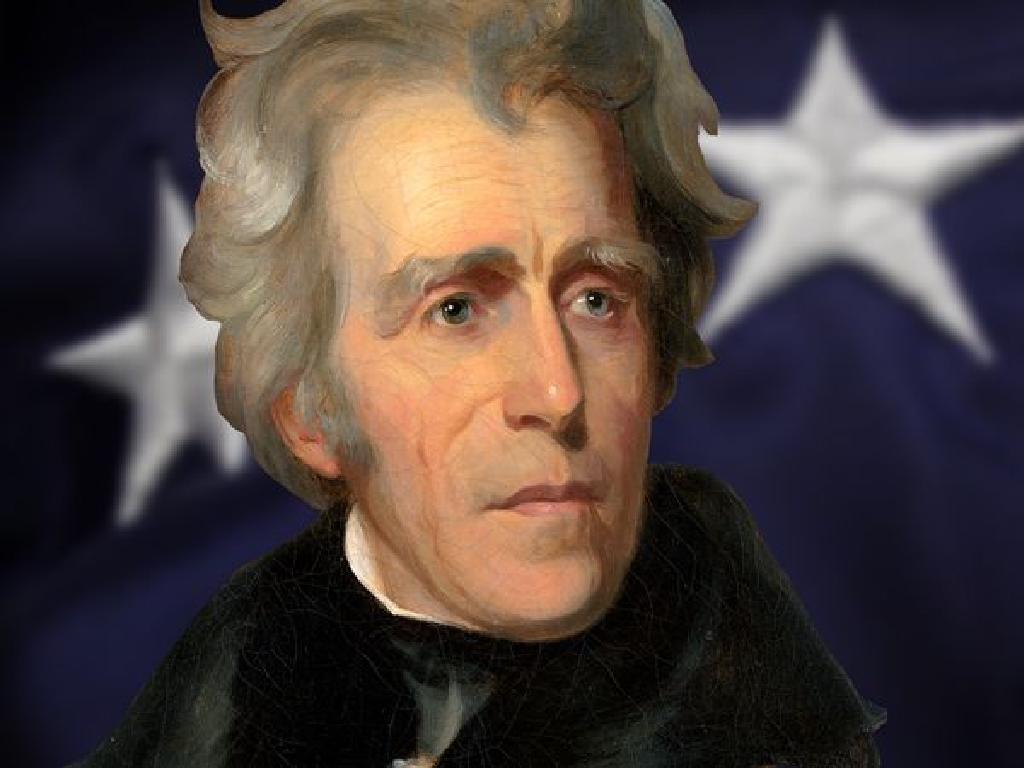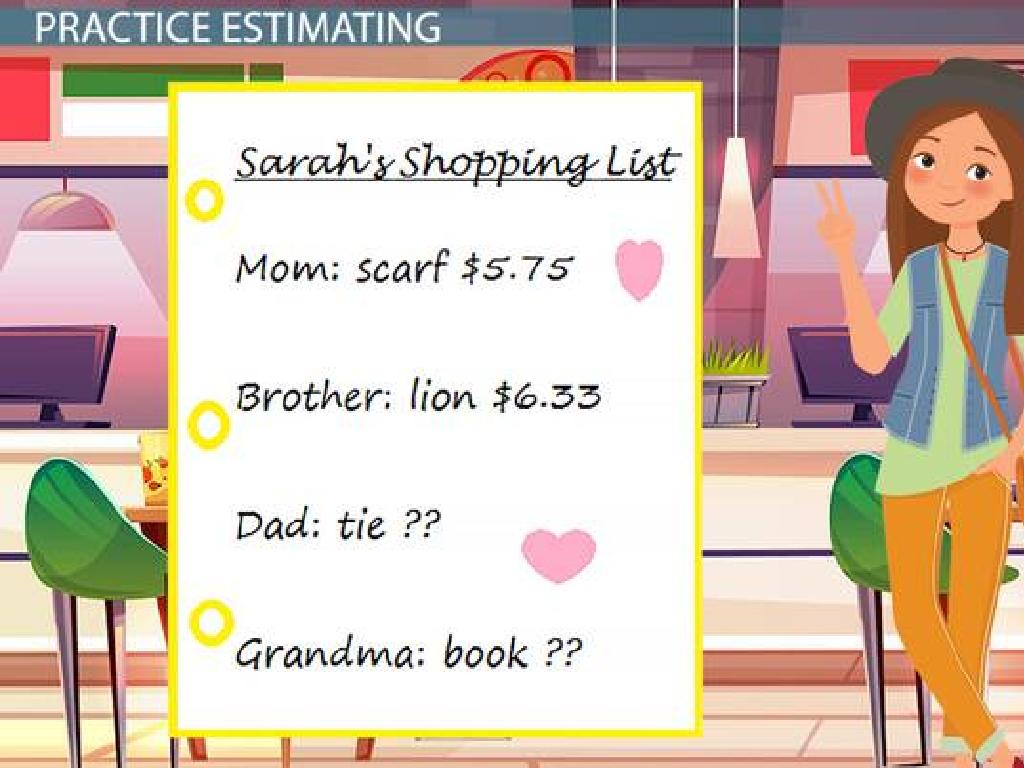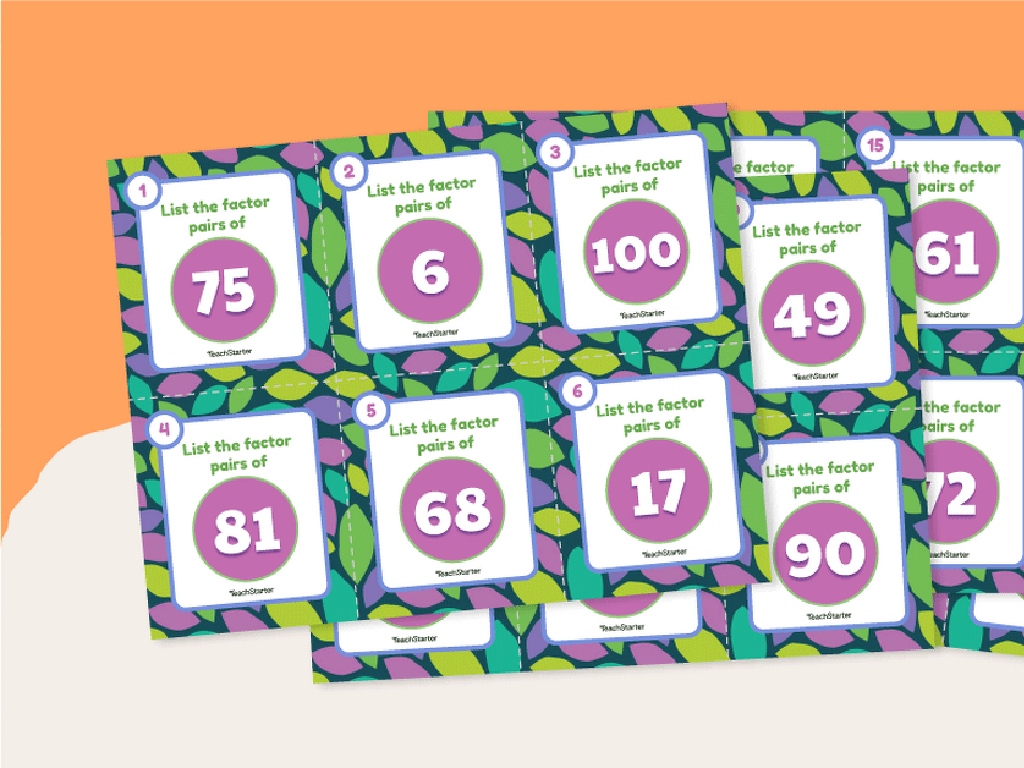Compare Mythological Illustrations
Subject: Language arts
Grade: Fifth grade
Topic: Visual Elements
Please LOG IN to download the presentation. Access is available to registered users only.
View More Content
Visual Elements in Myths
– Exploring visual storytelling
– How pictures help tell a story
– Understanding myth illustrations
– Myths use pictures for deeper meaning
– Significance of myths
– Myths share culture and teach lessons
– Engaging with mythic visuals
– Look at myth illustrations and discuss
|
This slide introduces students to the concept of visual elements in mythology and how illustrations contribute to storytelling. Begin by explaining that visual elements in myths can include characters, settings, and actions depicted in illustrations. Discuss the role of illustrations in enhancing the narrative and making the story more engaging. Explain what myths are traditional stories that often explain natural phenomena or cultural beliefs and their importance in preserving history and imparting moral lessons. Encourage students to think about the myths they know and how illustrations help them understand and connect with the story. Plan an activity where students look at different mythological illustrations and discuss what visual elements they observe and how those elements contribute to the story’s meaning.
Exploring Myths and Their Purpose
– What is a myth?
– A traditional story explaining natural or social phenomena, often involving gods or heroes.
– Examples from various cultures
– Greek: Hercules’ labors, Norse: Thor s adventures, Egyptian: Isis and Osiris.
– Myths’ roles in ancient societies
– Myths explained the unexplainable, taught lessons, and preserved traditions.
– Understanding mythological themes
|
This slide introduces students to the concept of myths, which are traditional stories passed down through generations that often explain natural events, cultural beliefs, or moral lessons. Provide a clear definition of a myth and discuss its characteristics. Share examples of myths from different cultures to highlight the diversity and commonalities in mythological storytelling. Discuss the multifaceted roles of myths in ancient societies, such as explaining the unexplainable, teaching important values, and preserving historical and cultural traditions. Encourage students to think about what myths they are familiar with and how those stories help them understand the world.
Exploring Visual Elements in Mythology
– Identify visual elements in myths
– Look for characters, settings, and actions in the pictures.
– Storytelling with visual elements
– How do pictures help explain the myth’s plot or lesson?
– Color, shape, and symbols’ roles
– Colors can show emotions, shapes can represent ideas, and symbols often have special meanings.
– Interpreting mythological art
|
This slide aims to help students understand how visual elements contribute to the storytelling in mythological illustrations. Encourage them to identify characters, settings, and actions depicted in the artwork. Discuss how these elements enhance the narrative and make the story more engaging. Explain the significance of color in expressing emotions, shape in symbolizing ideas, and the use of symbols to convey deeper meanings. Ask students to think about what certain colors, shapes, and symbols might represent in the context of a myth. This will develop their analytical skills in interpreting art and understanding how visual cues can communicate complex concepts in storytelling.
Comparing Mythological Illustrations
– Observe two myth illustrations
– Discuss visual element similarities
– Look for color, shape, and character positioning
– Note visual element differences
– How do the artists’ choices contrast?
– Reflect on myth interpretation changes
– Do the differences suggest a new perspective on the story?
|
This slide encourages students to engage in a visual analysis of mythological illustrations. By comparing two different artistic interpretations of the same myth, students will learn to identify and articulate similarities and differences in the visual elements such as color, texture, and composition. They will also consider how these differences can influence our understanding and interpretation of the myth. Encourage students to think critically about what the artist might be trying to convey through their unique portrayal of the myth. This activity will enhance their analytical skills and deepen their appreciation for art and storytelling.
Exploring Mythological Illustrations
– Study a mythological artwork
– Look at the colors, characters, and actions depicted
– Identify the artwork’s visual elements
– Notice line, shape, color, and texture
– Interpret the illustration’s meaning
– What message is the artist conveying?
– Discuss the story it tells
– How do the elements combine to narrate a myth?
|
This slide aims to guide students through an analysis of a mythological illustration. Begin with a deep dive into a specific piece of artwork, encouraging students to observe closely and take note of the visual elements such as line, shape, color, and texture. Discuss how these elements work together to convey a story or message, which is often rooted in cultural myths. Students should interpret the meaning behind the illustration, considering the context of the myth it represents. This exercise will help students understand how visual elements can be used to communicate stories and concepts effectively. Encourage them to think critically about the symbolism and themes present in the artwork.
Create Your Own Myth Illustration
– Select a favorite myth
– Think of a myth you love or find interesting
– Plan your illustration’s elements
– What visual elements will make your myth come alive?
– Consider colors, characters, and setting
– Colors can show mood, characters need details, settings should be magical
– Begin your mythological artwork
|
This slide is designed to inspire students to engage creatively with mythology by illustrating a myth of their choice. Encourage them to think critically about the story they select and the visual elements that will best convey the tale. Discuss how colors can affect the mood of the illustration, the importance of adding details to characters to make them more lifelike, and how the setting can enhance the mythical atmosphere. Provide guidance on starting their artwork and remind them that the process should be fun and imaginative. Offer examples of mythological illustrations to spark ideas. The goal is to combine art with literature to deepen their understanding of myths.
Class Activity: Illustrate a Myth!
– Time to create your own myth illustration
– Choose a myth from our lessons
– Use visual elements to show the story
– Think about color, shape, and layout to convey the myth’s message
– Get ready to present and discuss
|
This activity is designed to allow students to apply their knowledge of visual elements in the context of mythology. Encourage them to think creatively and use various art supplies to bring a scene from a myth to life. Remind them to consider how different visual elements like color, shape, and composition can help tell the story without words. Once the illustrations are complete, organize a class discussion where each student can present their artwork and explain the choices they made. This will foster a deeper understanding of the myths and the importance of visual storytelling. Possible variations of the activity could include group work to create a larger scene, using digital tools for illustration, or even reenacting the scene with costumes and props.
Reflecting on Mythological Illustrations
– Review of visual elements in myths
– Illustrations deepen myth understanding
– Visuals like characters & settings bring stories to life
– Share your activity thoughts
– Discuss your learning takeaways
– Reflect on new insights gained from this lesson
|
As we wrap up our lesson on mythological illustrations, let’s take a moment to reflect on what we’ve learned. We’ve explored various visual elements that artists use to convey the rich narratives of myths. By discussing how illustrations can enhance our comprehension of these ancient stories, students can appreciate the role of art in storytelling. Encourage students to share their experiences from the activity, focusing on how creating or analyzing illustrations helped them connect with the myths. Ask them to consider what they’ve learned and how it might change the way they interpret stories in the future. This reflection will help solidify their understanding and give them a chance to express their thoughts.






